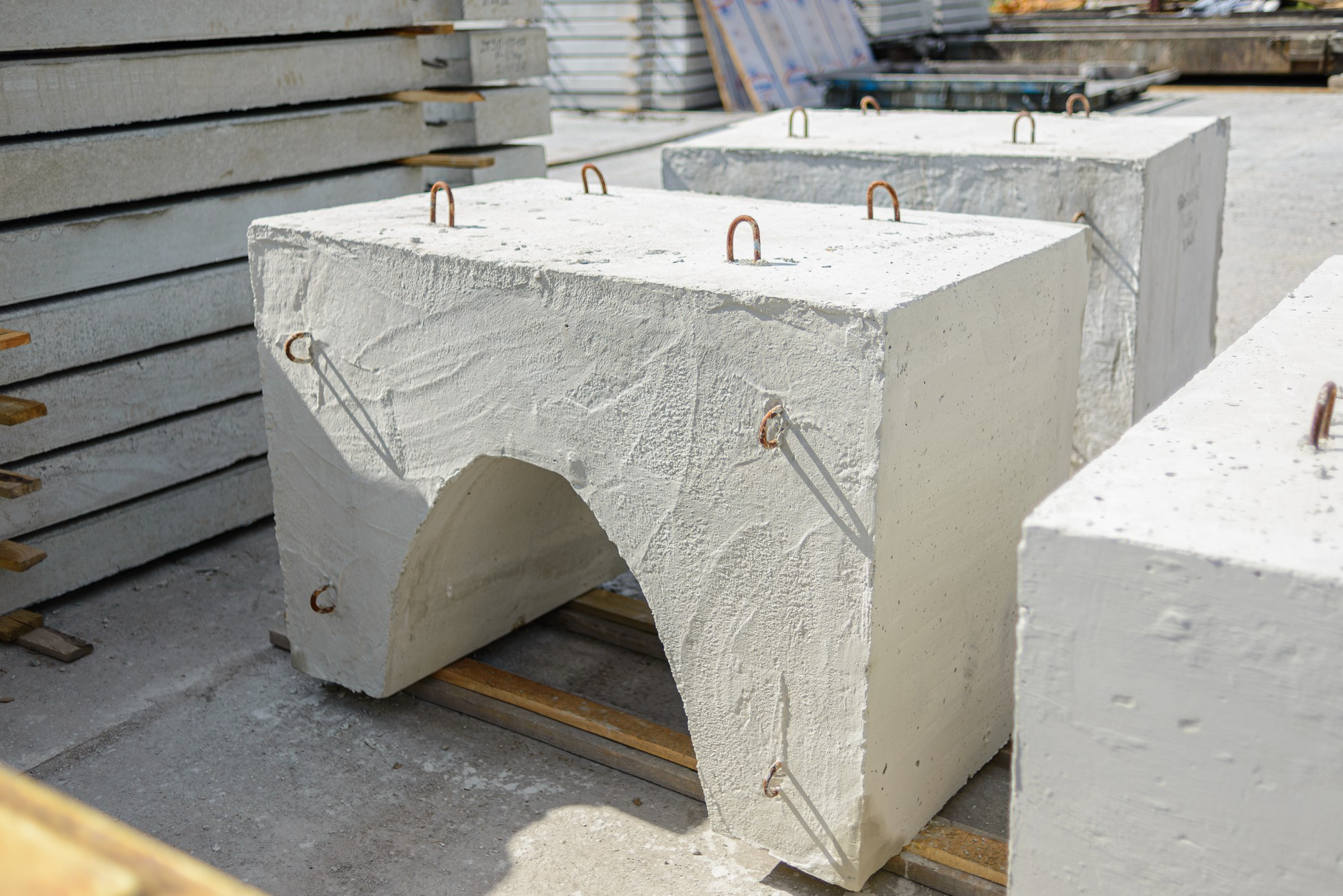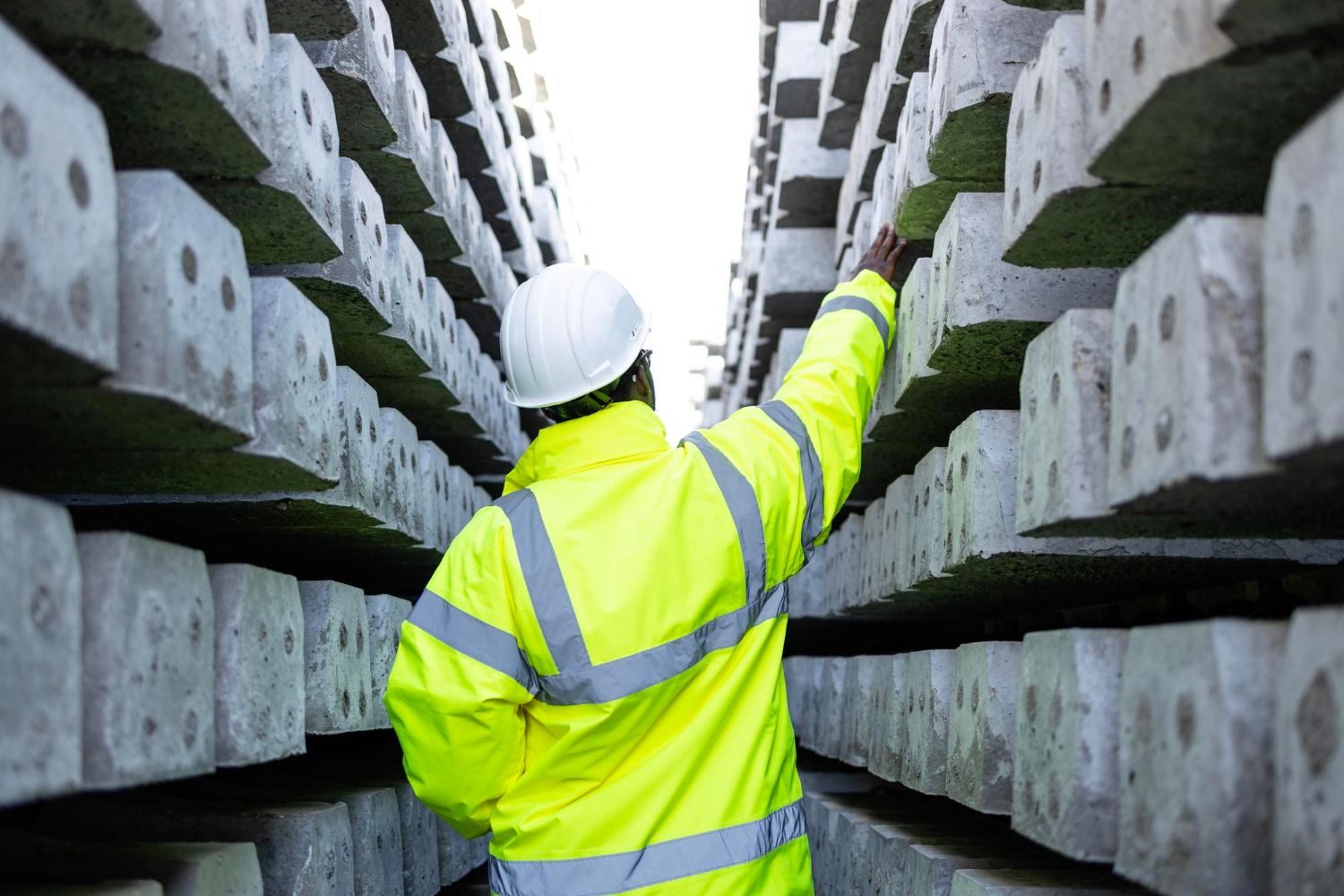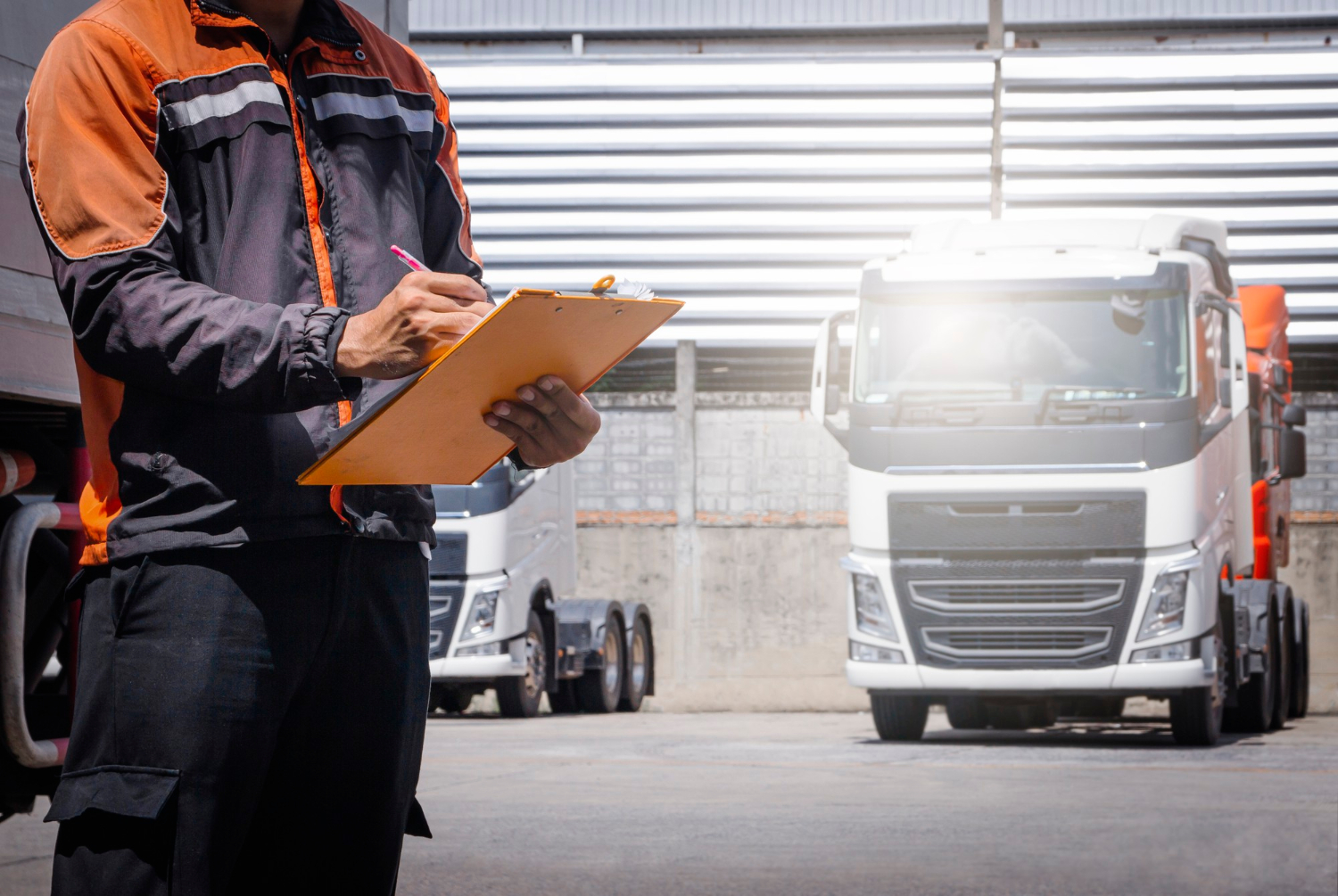
Key takeaways
Lifting, loading, and transporting precast units safely requires a lot of caution.
Adhering to established best practices protects structural integrity, keeps schedules intact, and builds confidence among everyone involved.
As construction increasingly embraces modular and prefabricated systems, these handling methods will only grow in importance.
Each successful lift, each well-planned journey, reflects a culture of care and craftsmanship.
When teams treat these processes as an integral part of construction rather than a logistical afterthought, projects run smoother, budgets hold steady, and the finished structures stand stronger for years to come.
Handling heavy structural components takes far more than brute strength or powerful machinery: it demands planning, precision, and teamwork. From the very first lift to final placement on site, every movement must be deliberate.
One mistake in handling precast concrete can lead to cracks, delays, or safety risks that ripple across the entire project. Each stage matters, and doing it properly protects both people and the product.

Planning and Preparation Are the Foundation of Safe Lifting
Safe lifting starts long before a crane arrives on site. Engineers must define the correct lifting points during the design stage, and riggers need to understand precisely how to use them. A misaligned sling or an incorrect lift angle can place uneven stress on the unit, causing cracks that might not show until much later.
Every element is different. Large wall panels or bridge segments, for instance, often require spreader bars to ensure the load is distributed evenly. Smaller components may allow for fewer lifting points, provided they’re engineered accordingly. Regardless of size or configuration, all lifting gear must be properly rated, checked, and maintained.
It is good practice to perform a test lift by raising the unit just enough to verify balance and stability before committing to the full hoist. This small step can prevent major accidents, giving the crew time to make adjustments before the load is at height.
 Correct Loading Keeps Units Stable During Transport
Correct Loading Keeps Units Stable During Transport
Once a unit is safely lifted, the next challenge is securing it on the truck. Positioning must be exact, and the blocks that separate the unit from the truck bed should follow engineering specifications for material and spacing. If the support is not level or the spacing is uneven, the unit may experience hidden stress points that lead to cracking in transit.
The method of restraint is equally important. Chains and straps should hold the unit firmly, but not so tightly that they distort or compress it. Over-tightening can be just as damaging as leaving restraints loose.

Note: During long hauls, the driver or escort crew should check the bindings regularly, particularly after travelling over rough or uneven roads.
 Careful Planning Keeps Transport Safe and Compliant
Careful Planning Keeps Transport Safe and Compliant
Transporting large, heavy units requires more than securing them properly. You need to choose the right equipment and plan every kilometre of the route. Vehicle selection should consider deck length, suspension type, and load capacity. These details affect how the unit behaves on the move, particularly under braking or during cornering.
Oversized loads often require special permits, and regulations can differ from one jurisdiction to another. Skipping that paperwork might save a few hours, but risks major delays if authorities intervene mid-route.

Tip: Route planning should account for bridge heights, sharp turns, and narrow access points, as well as road surface quality. Even weather can change everything: strong winds, heavy rain, or extreme heat may require the schedule to be adjusted for safety.
 Communication on Site Improves Safety and Coordination
Communication on Site Improves Safety and Coordination
The best-laid plans mean little without communication. Crane operators, riggers, truck drivers, and supervisors all need to work from the same playbook. Misunderstandings can result in dropped loads, collisions, or wasted time. Pre-lift meetings are invaluable for setting expectations, reviewing lifting sequences, and confirming responsibilities.
These meetings are also the right time to confirm PPE is in place, with steel-capped, high-grip work boots included, because stable footing around suspended loads and truck decks is a basic but critical control.
When the unit arrives on site, a visual inspection should be performed before unloading. Checking for chips, cracks, or stress marks ensures any damage is identified early and can be repaired before installation. Addressing small issues straight away is far easier and cheaper than dealing with failures later in the project.
 Takeaways
Takeaways
Lifting, loading, and transporting precast units safely requires a lot of caution. Adhering to established best practices protects structural integrity, keeps schedules intact, and builds confidence among everyone involved.

Note: As construction increasingly embraces modular and prefabricated systems, these handling methods will only grow in importance.
Each successful lift, each well-planned journey, reflects a culture of care and craftsmanship. When teams treat these processes as an integral part of construction rather than a logistical afterthought, projects run smoother, budgets hold steady, and the finished structures stand stronger for years to come.














